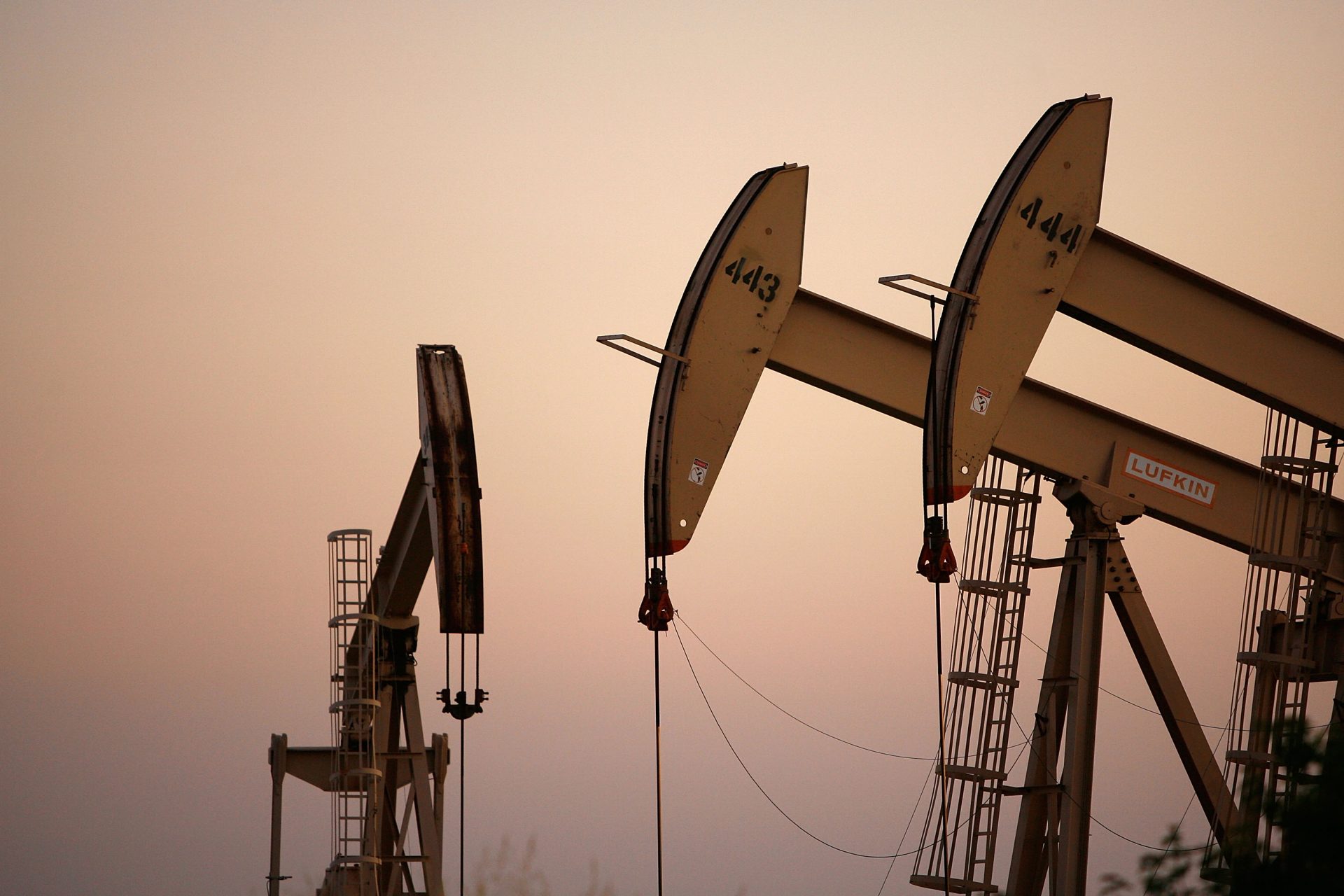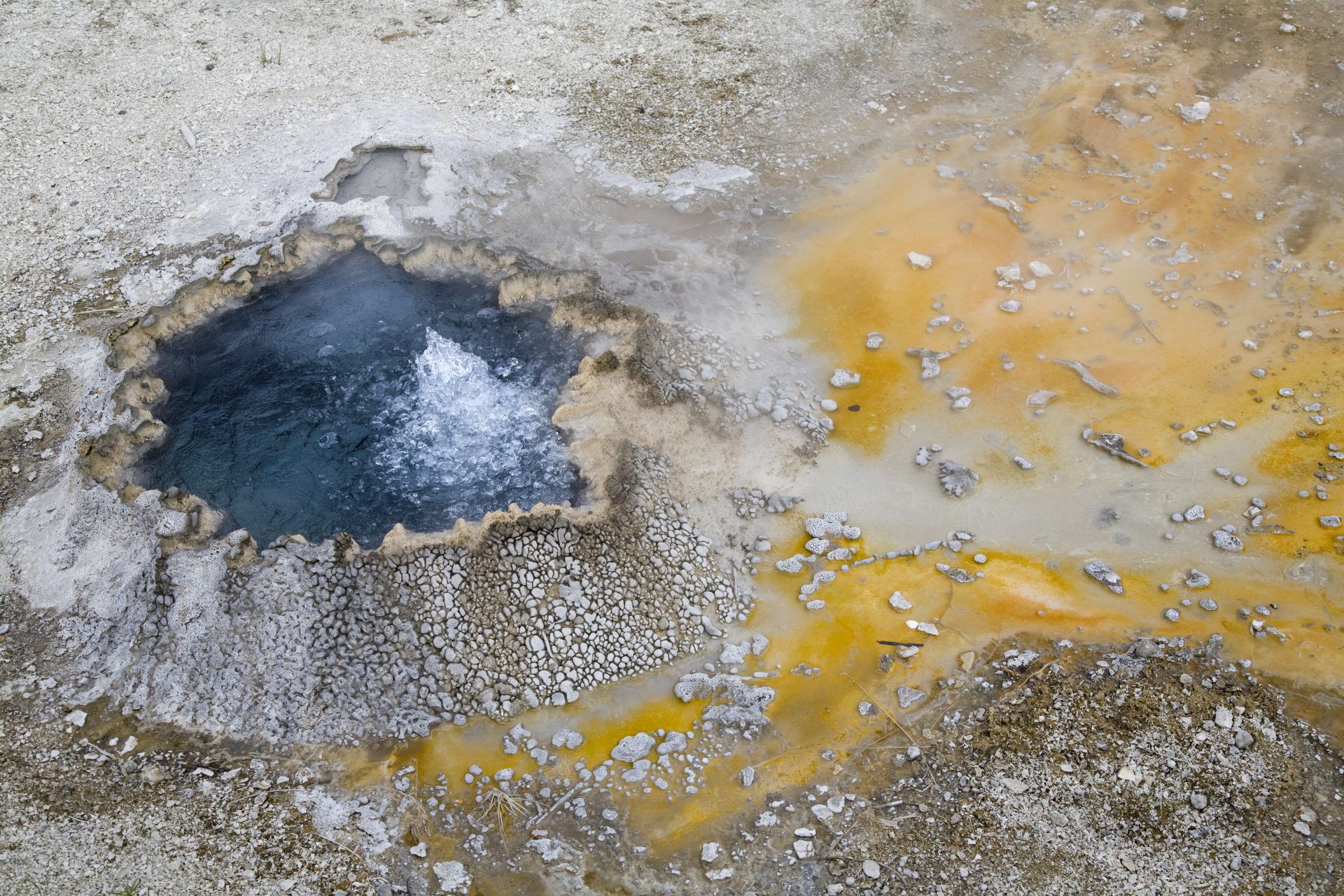Our little blue dot: Heartbreaking images of how pollution is killing Earth
CNN and The Guardian, among others, cited a March 2023 study published in the journal PLOS ONE which revealed that, piled together, plastic particles filling the ocean would weight 2.3 million tons.
This 'plastic smog', spread around the world, is a dire reminder that only 9% of plastic gets recycled every year.
The problem of plastic in the ocean is a tragedy. It's also a threat to countries that depend on the tourism industry as an income. After all, who would want to swim in waters filled with garbage? Scenes like this one from Thailand can be seen around the world.
The paradisiacal beaches of Bali turn into plastic landfills during the monsoon season. All the waste left by massive tourism is brought back into the shore due to storms and strong waves. Up to 80 tons of garbage are picked up during these months. Pictured is Jimbaran Beach.
Indonesian authorities estimate that plastic make up 75% of the garbage that piles up on their beaches. It's one of the great enemies against climate change.
This is a global problem what we're dealing with. For instance, this is an Italian beach near Naples.
The trash that the sea drags to the shore is proof of the human-made destruction of oceanic ecosystems. There's scientific evidence that sea life is dying because of plastics. To make things worse, the fish that humans and birds consume introduce microplastics into our organisms.
A 2018 headline from The New York Times was: "The ‘Great Pacific Garbage Patch’ Is Ballooning, 87,000 Tons of Plastic and Counting". It's doubtful that in the past few years humanity has reduced the volume of mostly plastic waste.
This view from the city of Lahore, India, is a reminder of what pollution can do to an urban setting. Over eight million people die prematurely every year as a consequence of the pollution created by fossil fuel, according to a study published by Environmental Research.
The current consumption and discarding model isn't sustainable. Excessive garbage is a problem found in rich and poor countries. Pictured is a landfill in Bangladesh, where nearby areas produce 20,000 tons of trash every day. The world can't keep with so much daily waste.
Some estimate that 17% of the Amazon jungle has been deforested, which has not been deterred by government policies in the past years.
This problem is hardly exclusive to the Amazon. The Food and Agriculture Organization declares that, since 1990, over 312,000 square miles of woodland have disappeared. This heavily affects the air and weather across the planet.
The climate is changing, the planet warms up and the glaciers and snow caps melt in what used to be landscapes of neverending winter. NASA has detected, via satellite, that half of the surface of Greenland thaws during the summer months, which never happened before.
The sea level rise is a reality that is already causing disasters around the globe. In this image you can see the denizens of Kiribati, an island in the Pacific Ocean that every year loses more and more landmass to flooding sea water.
If this continues, Kiribati (pictured) might end up fully consumed by the ocean. This has been the fate of other islands and seaside places.
(Image: Government of Kiribati employee in the course of their work - Government of Kiribati, CC BY 3.0, Wikimedia)
Climate change is linked to extreme weather phenomena that have become more prevalent: In 2021 there was a harsh heatwave in British Columbia (Canada) unlike anything ever seen before in the area. Local press reported over 500 dead due to the abnormally high temperatures.
On the opposite end, snow devastated Madrid in January 2021. Storm Filomena hit Southern Europe causing snowfalls that had never been seen before. Spain's capital was virtually paralyzed for a week.
Wildfires can also be blamed, in part, to climate change: less woodlands, more droughts, higher temperatures... and the unlimited expansion of the cities devouring what used to be green areas. California and Greece (pictured), just to mention two examples, went through critical moments in 2021 due to fire.
Something similar is the case with floods. There were floods before but scientists agree that they have increased in number and scope as a consequence of climate change. Disturbances on ecosystems and river courses make them more destructive. This is what happened in 2021 in Germany (pictured) and Belgium. Entire villages were swept by strong currents.
Images like this show the face of the climate emergency across the planet. The countries are aware of the problem and make agreements that so far have been insufficient. According to a UN climate change panel, 2030 is the deadline before the damage we have done to Earth becomes irreversible.
More for you
Top Stories

































